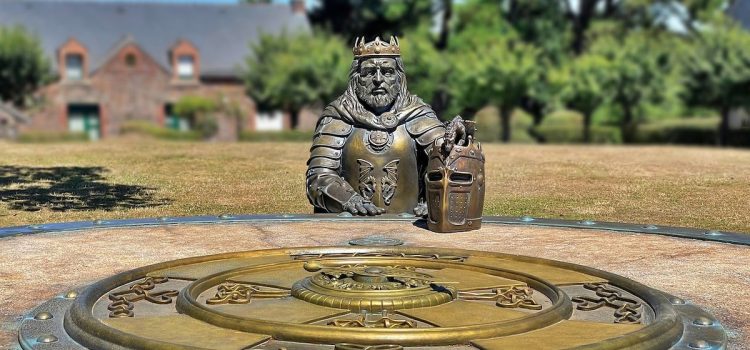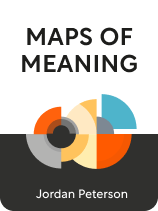

This article is an excerpt from the Shortform book guide to "Maps of Meaning" by Jordan Peterson. Shortform has the world's best summaries and analyses of books you should be reading.
Like this article? Sign up for a free trial here.
What do Uncle Sam and Kronos have in common? How does the Father archetype balance out the Mother archetype?
Along with the plot, characters are the basic building blocks of myth. Always present, they represent fundamental aspects of life and society. Jordan Peterson discusses the Father archetype in his book Maps of Meaning.
Continue reading to understand what the Father represents and why this symbolism is so pervasive.
The Father Archetype
One aspect of human existence is that of the familiar, civilized world, at least as it seems in the eyes of your own culture. This is symbolized by the Father archetype, who represents the body of cultural norms that rest upon any given mythical system. The Father, like the Mother, has two separate aspects that depend on the state of society—that of the Good King who rules wisely and fairly, and the iron-fisted Tyrant who prevents change and growth.
The Father is the figure who embodies the personality and self-image of society, like England’s King Arthur or the U.S.’s Uncle Sam. According to Peterson, the Father’s laws and traditions hold back the threatening aspects of the Mother. He’s a conservative force that keeps cultural identity intact, but in his positive aspect, the Father is open to advice and criticism, has compassion for the weak, and prioritizes justice over following strict rules.
(Shortform note: The figure of the King has been with the human race since before recorded history began. In The Dawn of Everything, David Graeber and David Wengrow provide evidence that hierarchical structures were part of tribal societies well before the first agrarian settlements 12,000 years ago. In Reinventing Organizations, Frederic Laloux suggests that the very first organized groups were war bands centered around charismatic leaders, and that as those groups evolved into civilizations, the role of the leader was mythologized into Kingship.)
The flip side of the Good King is the Tyrant, who represents society’s power to oppress. Peterson writes that the Tyrant appears as a symbol of cultures that are static and set in their ways. The Tyrant is an authoritarian, inflexible character who would slay his own children rather than allow change or growth, as in the example of the Greek myth of Kronos, who ate his own offspring so that none could replace him.
(Shortform note: To be clear, the figure of the Tyrant doesn’t represent an individual ruler but the oppressive potential of society itself. In the ancient world, this potential can be found in nations like Sparta, whose military might rested on the back of an oppressed class of slaves. In the modern age, this oppression finds its voice in fascist ideologies that promote extreme nationalism and value the security of the state above human rights. Societal oppression can also be found in cultural racism, which Ibram X. Kendi describes in How to Be an Antiracist as the belief that one’s culture is superior to all others.)

———End of Preview———
Like what you just read? Read the rest of the world's best book summary and analysis of Jordan Peterson's "Maps of Meaning" at Shortform.
Here's what you'll find in our full Maps of Meaning summary:
- Why myths are vital to how humans confront and make sense of a chaotic world
- How to apply the lessons of myth to live a more well-rounded life
- How the findings of neuroscience are echoed in the structure of our most ancient tales






